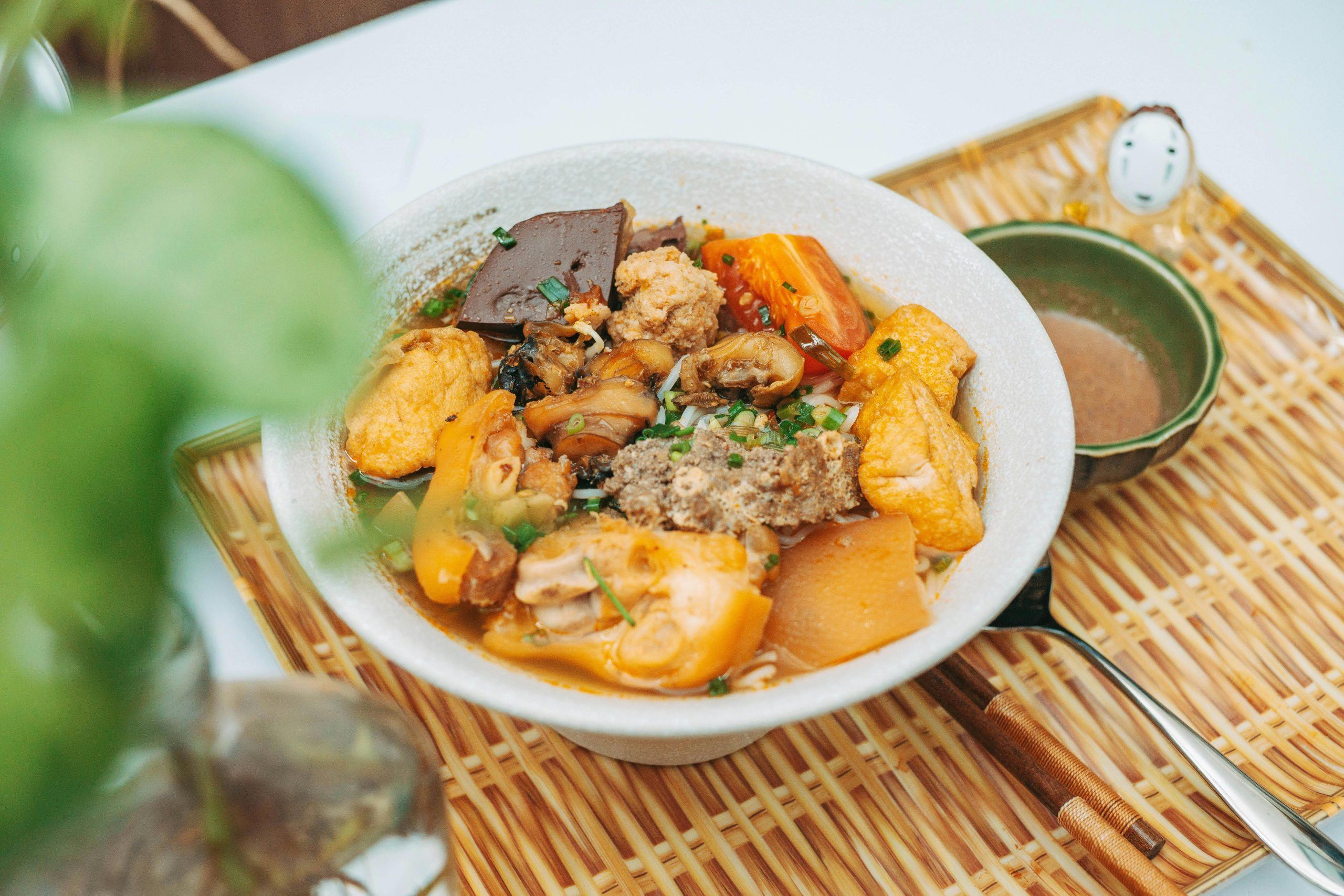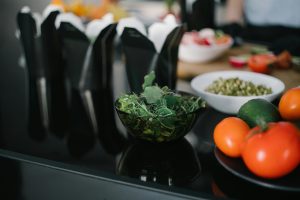Cooking with Alcohol: Techniques for Enhancing Flavors Without Intoxication
Welcome to the world of cooking with alcohol! For many chefs and food lovers, adding a splash of wine or liquor to a dish can bring a depth and richness of flavor that is hard to achieve with other ingredients. But what about those who don’t consume alcohol or simply don’t want to cook with it? Are they missing out on these enhanced flavors? Not at all. In this article, we’ll explore techniques for using alcohol in cooking that do not result in intoxication, allowing you to enjoy the delicious flavors without any of the unwanted buzz.
Why Cook with Alcohol?
Before we dive into the methods for cooking with alcohol without the intoxicating effects, let’s explore why so many people love to cook with it in the first place. Unlike traditional seasonings and spices, alcohol has the ability to extract and enhance flavors from foods in a unique way. For example, a red wine reduction can add richness and depth to a beef dish while a splash of rum can elevate the flavor of a fruit sauce. Cooking with alcohol also adds complexity and dimension to dishes, making them more interesting and indulgent.
The Alcohol Burns Off During Cooking
One of the biggest concerns about cooking with alcohol is the fear of becoming intoxicated from the dish. However, the truth is that most, if not all, of the alcohol burns off during the cooking process. The evaporation point of alcohol is much lower than that of water, meaning that it will start to vaporize and burn off at a much lower temperature. By the time your dish is finished cooking, the alcohol content will be greatly reduced, leaving behind only the flavors.
Choosing the Right Alcohol for Cooking
While any type of alcohol can be used in cooking, certain types lend themselves better to different dishes. For example, beer is great for adding a malty, earthy flavor to stews and breads, while wine is ideal for deglazing a pan to create a rich, flavorful sauce. When it comes to liquor, there are endless options to experiment with, from rum and bourbon to vodka and tequila. Just keep in mind that the higher the alcohol content, the longer it will take to burn off during cooking.
Techniques for Cooking with Alcohol Without Intoxication
Marinades
One simple way to infuse your dishes with the flavors of alcohol without the intoxication is through marinades. Marinating meats, poultry, and seafood in a mixture of alcohol, herbs, and spices can add a whole new level of depth to your dishes. An overnight marinade in a mixture of red wine, soy sauce, garlic, and herbs can transform a simple steak into a restaurant-worthy meal.
Sauces and Deglazing
Another popular method for incorporating alcohol into cooking is through sauces and deglazing. Sauces can be made by reducing alcohol and other ingredients down to a thick, flavorful glaze, which can then be used to top meats, vegetables, or even desserts. Deglazing, on the other hand, involves adding a small amount of alcohol to a hot pan to loosen savory browned bits of food, which are then incorporated into a sauce for added flavor.
Vegetable and Fruit Dishes
Just because alcohol is typically associated with meat and savory dishes doesn’t mean it can’t be used in vegetarian or sweet dishes. Cooking vegetables in a flavorful broth made from alcohol, herbs, and spices can add a depth of flavor that may be missing in meatless meals. In desserts, alcohol can be used to macerate fruits, infuse cream or custard, or even in a boozy sauce to drizzle over ice cream or fruit tarts.
Cooking with Non-Alcoholic Substitutes
If you still want to achieve the flavor-enhancing benefits of alcohol without the actual alcohol, there are several non-alcoholic substitutes that can be used. For example, non-alcoholic wines and beers, as well as cooking sherry, contain very low levels of alcohol and can mimic the flavors of the real thing. You can also use non-alcoholic extracts, such as vanilla or almond, to add a similar depth of flavor to dishes.
Enjoy the Flavors Without the Buzz
In conclusion, cooking with alcohol can elevate the flavors of your dishes in ways that other ingredients just can’t. But for those who don’t want to consume alcohol or don’t want to risk becoming intoxicated, there are many techniques and substitutes that can be used to achieve the same results. With a little experimentation and creativity, you can enjoy the delicious benefits of cooking with alcohol without any of the unwanted buzz.










